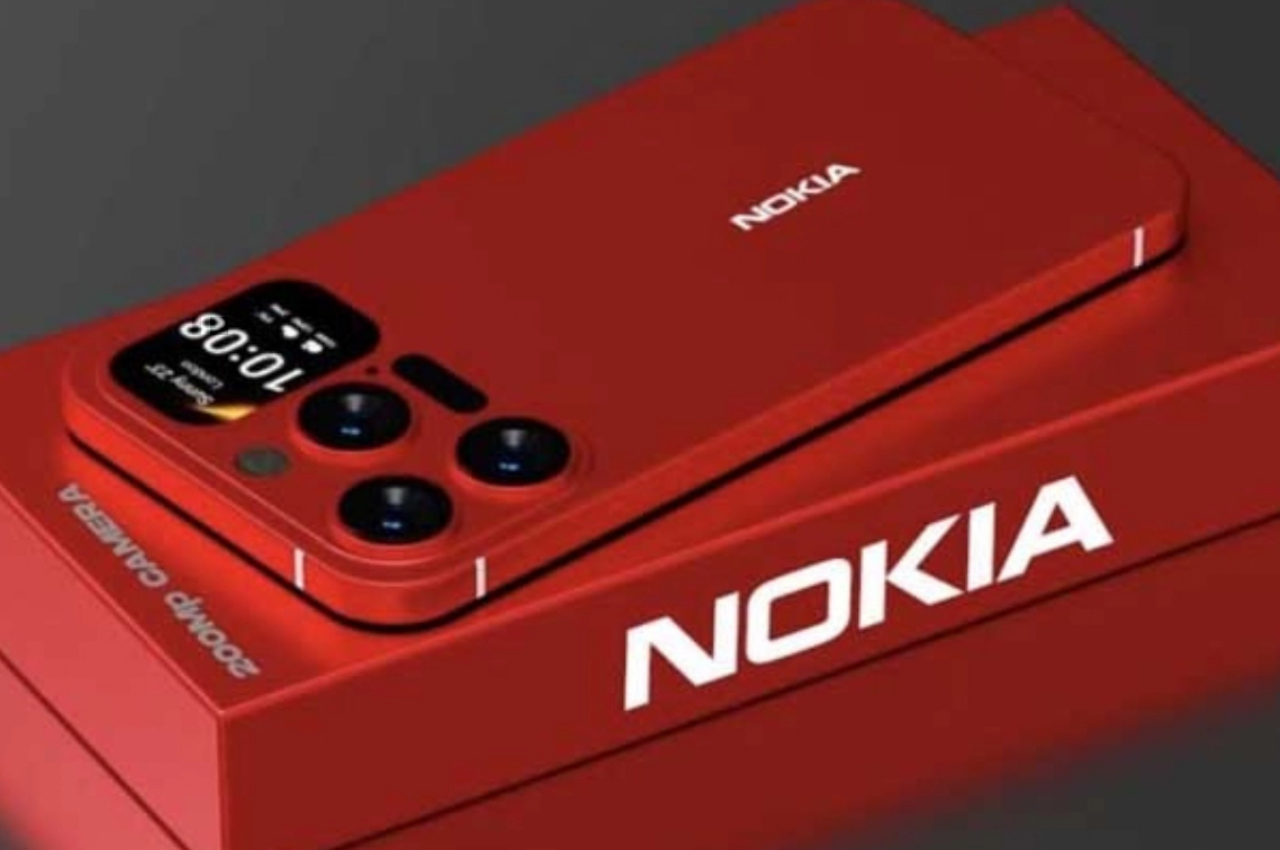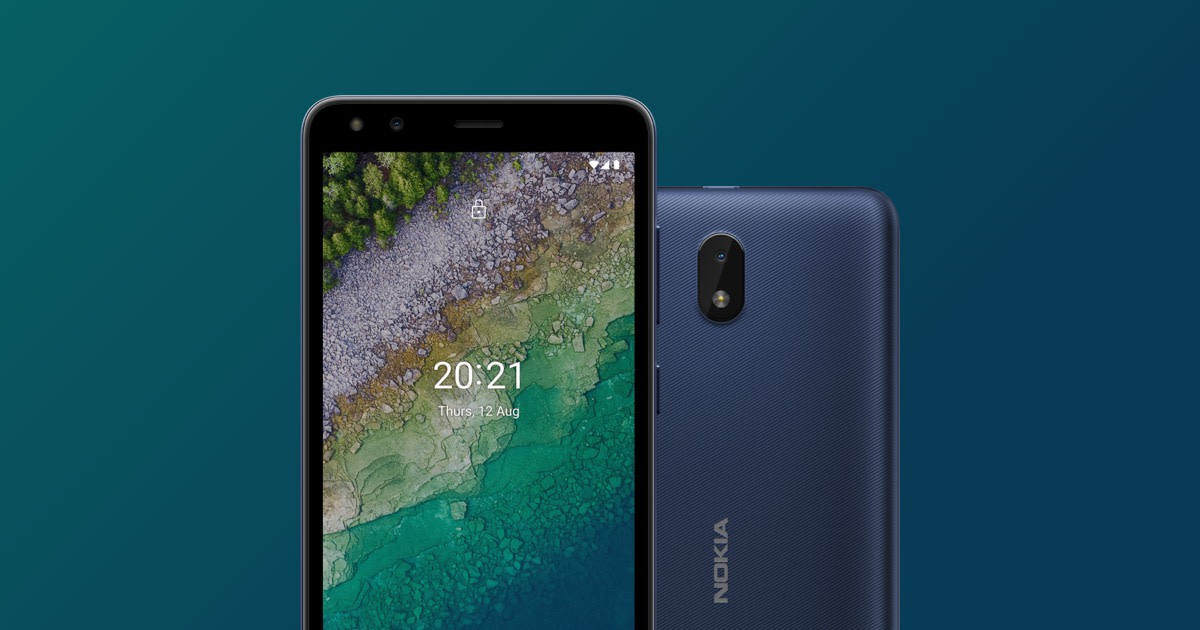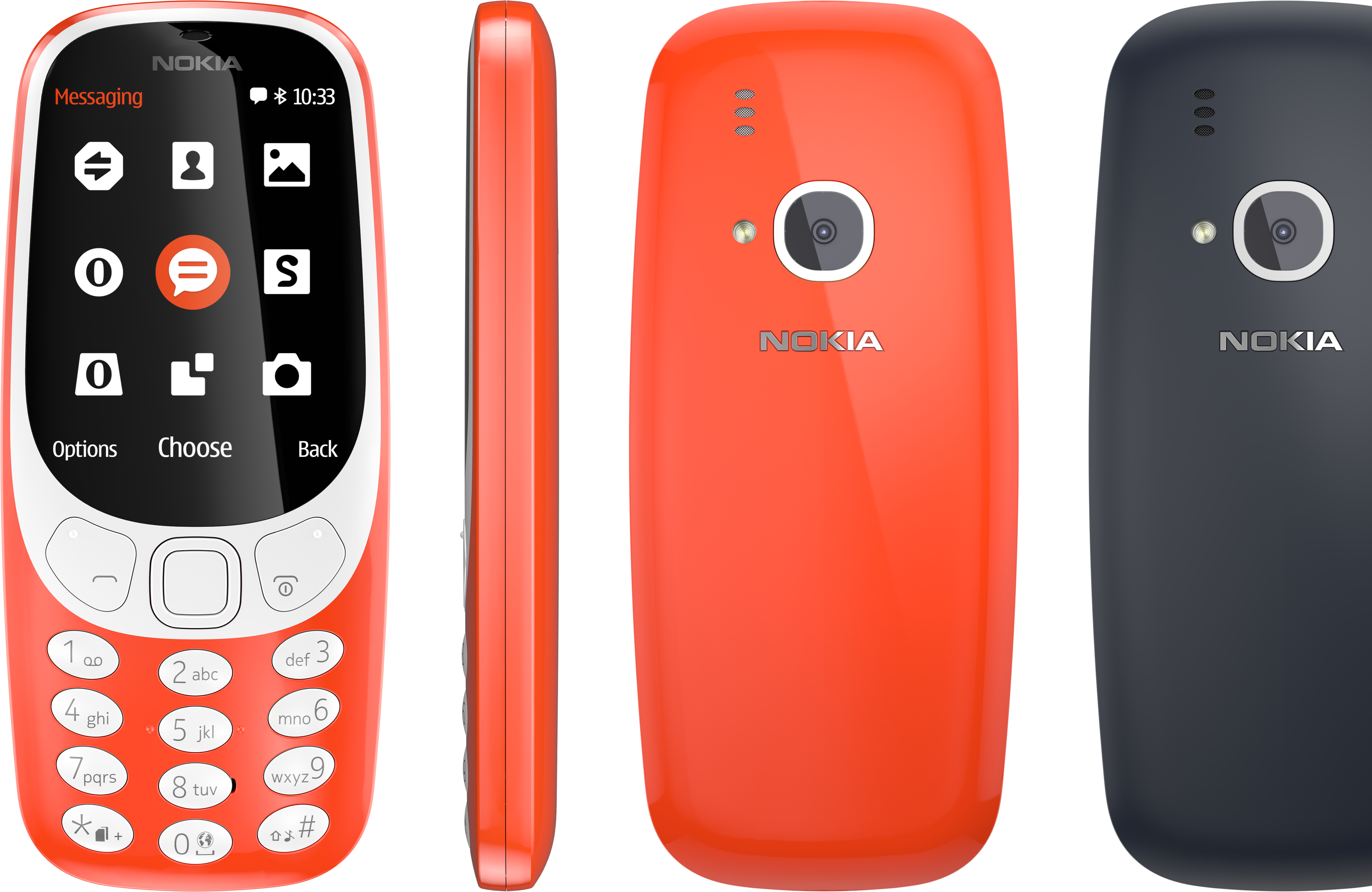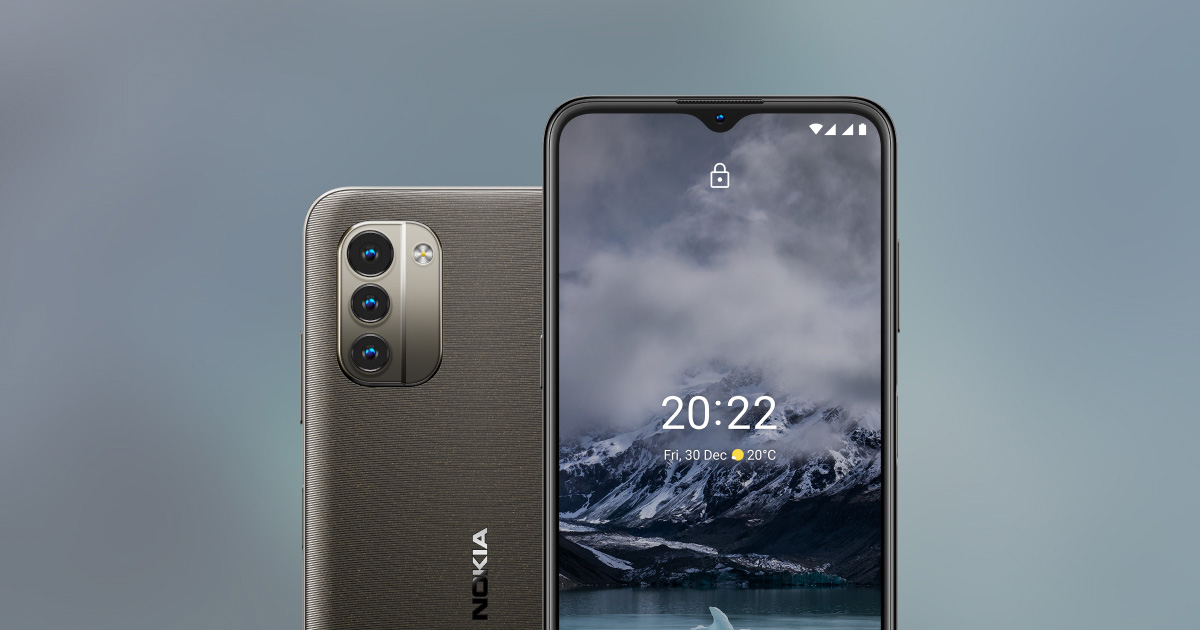Introduction of Nokia
Nokia is a multinational telecommunications, information technology, and consumer electronics company headquartered in Espoo, Finland. The company was founded in 1865 and originally produced paper products, but later shifted its focus to telecommunications equipment.
Nokia played a major role in the development of the mobile phone industry and was the world’s largest vendor of mobile phones in the late 1990s and early 2000s. However, the company struggled to keep up with the rise of smartphones and was eventually overtaken by competitors such as Apple and Samsung.
In 2014, Nokia sold its mobile phone business to Microsoft, and since then, the company has focused on developing telecommunications infrastructure and technology licensing. Nokia is currently one of the largest providers of telecommunications equipment in the world and has a significant presence in the 5G market.
History and Evolution of the Company
Nokia has a long and rich history dating back to 1865 when it was founded as a pulp mill in the town of Nokia, Finland. Over time, the company diversified into other industries, including electricity generation, rubber, and cable manufacturing.
In the 1960s, Nokia began to focus on electronics and telecommunications, producing products such as televisions, radios, and mobile phones. The company was an early innovator in the mobile phone industry and launched its first mobile phone, the Mobira Senator, in 1982.
Throughout the 1990s, Nokia became the world’s largest mobile phone manufacturer and was a dominant player in the industry. The company continued to innovate and introduced a range of new features to its phones, including the ability to send text messages and access the internet.
However, as the market shifted towards smartphones in the late 2000s, Nokia struggled to keep up with competitors such as Apple and Samsung. In 2011, the company announced a partnership with Microsoft to produce phones running the Windows Phone operating system.
Despite this partnership, Nokia continued to struggle, and in 2014, it sold its mobile phone business to Microsoft. Following the sale, Nokia shifted its focus to developing telecommunications infrastructure and technology licensing.
Today, Nokia is one of the largest providers of telecommunications equipment in the world, with a significant presence in the 5G market. The company has continued to innovate and develop new technologies, such as its recent partnership with Google Cloud to develop 5G network solutions.
Range of Products and Services
Nokia offers a wide range of products and services in the telecommunications, information technology, and consumer electronics industries. Some of its major products and services include:
- Telecommunications infrastructure: Nokia is one of the largest providers of telecommunications equipment in the world, offering a range of products and services for mobile and fixed-line networks, including radio access, core, transport, and IP networks.
- Software and services: Nokia offers a range of software and services for telecommunications operators, including network management and optimization, cloud and data center solutions, and customer experience management.
- Patent licensing: Nokia is one of the largest holders of standard-essential patents for mobile communication technologies and licenses these patents to other companies.
- Health and wellness products: Nokia offers a range of health and wellness products, including smart scales, activity trackers, and blood pressure monitors.
- Digital media: Nokia offers a range of digital media solutions, including video compression and delivery technologies, as well as virtual reality and 360-degree video technologies.
- Public safety: Nokia provides public safety solutions for emergency services, including broadband networks and mission-critical communication technologies.
Overall, Nokia’s products and services are designed to help customers connect and communicate more effectively and efficiently, whether it’s through mobile networks, fixed-line networks, or digital media solutions.
Challenges and Opportunities faced by Nokia
Challenges:
- Competition: It operates in highly competitive markets, particularly in the telecommunications industry, where it faces intense competition from other major players such as Huawei, Ericsson, and Cisco.
- Shifting markets: The telecommunications industry is constantly evolving, and it faces challenges in keeping up with changing market trends and technologies, particularly in the transition to 5G networks.
- Supply chain disruptions: Like many other companies, Nokia has faced challenges in its supply chain due to disruptions caused by the COVID-19 pandemic, natural disasters, and geopolitical issues.
- Dependence on patent licensing: It derives a significant portion of its revenue from licensing its patents to other companies. However, the company faces challenges in maintaining the value of its patent portfolio and ensuring that other companies continue to license its patents.
Opportunities:
- 5G network deployment: It is well-positioned to benefit from the ongoing deployment of 5G networks, which require significant investment in telecommunications infrastructure and equipment.
- Internet of Things (IoT): As the number of connected devices continues to grow, Nokia has an opportunity to expand its offerings in the IoT space, particularly in areas such as smart cities, healthcare, and industrial automation.
- Digital transformation: As more businesses and industries move towards digital transformation, Nokia has an opportunity to provide a range of solutions for digital connectivity, including cloud and data center solutions.
- Emerging markets: It has an opportunity to expand its presence in emerging markets, particularly in Asia and Africa, where there is significant demand for telecommunications infrastructure and services.
Overall, while Nokia faces significant challenges in its competitive markets, it also has opportunities to expand its offerings and capitalize on emerging trends and technologies.
Customer Satisfaction
Customer satisfaction is a key priority for Nokia, and the company strives to ensure that its products and services meet the needs and expectations of its customers. Nokia has a dedicated customer service team that provides support and assistance to customers around the world, and the company regularly collects feedback from customers to improve its offerings.
Nokia also has a range of programs and initiatives aimed at improving customer satisfaction. For example, the company has a Customer Advocacy program that focuses on identifying and addressing customer issues and concerns, as well as a Customer Experience Improvement program that aims to improve the overall customer experience.
In addition, Nokia has a strong commitment to sustainability and corporate responsibility, which is an important factor for many customers. The company has set ambitious targets for reducing its environmental impact, improving the safety and well-being of its employees, and promoting ethical business practices.
Overall, Nokia recognizes the importance of customer satisfaction in maintaining its position as a leading provider of telecommunications products and services, and it has implemented a range of programs and initiatives to ensure that its customers are satisfied with its offerings.

















